CLOWNFISH
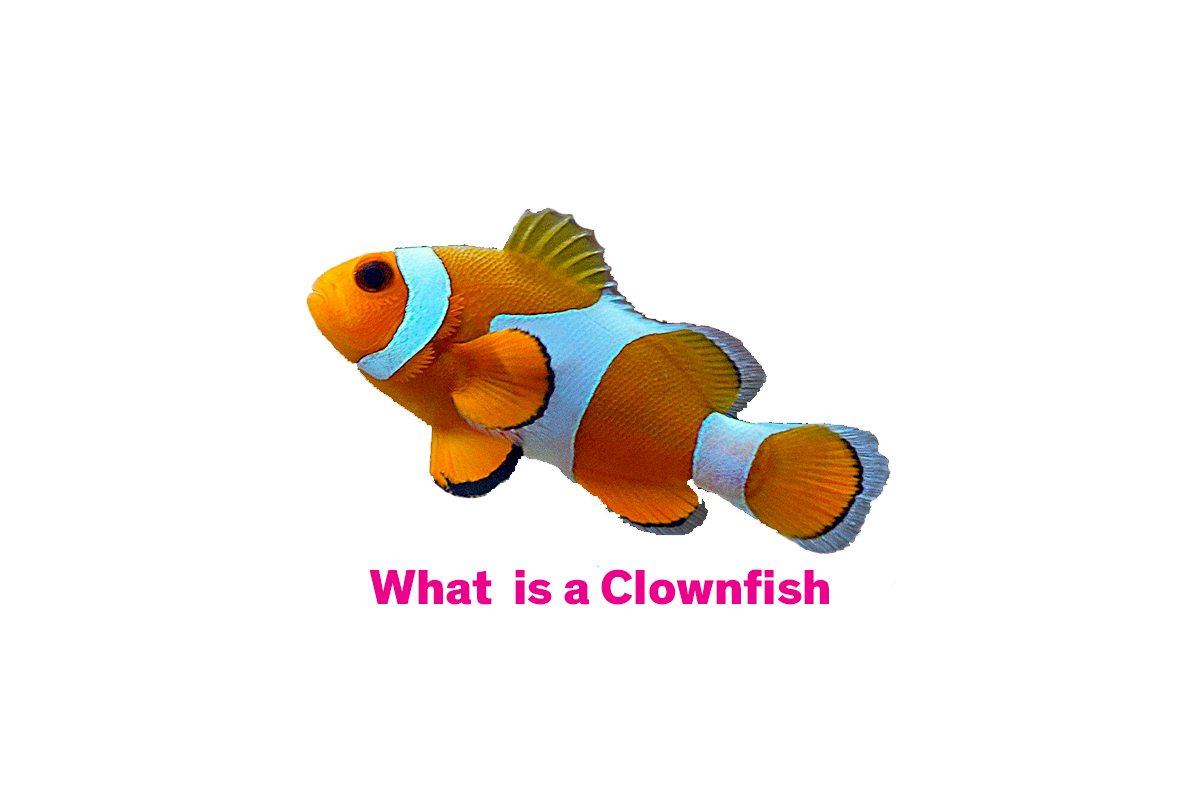
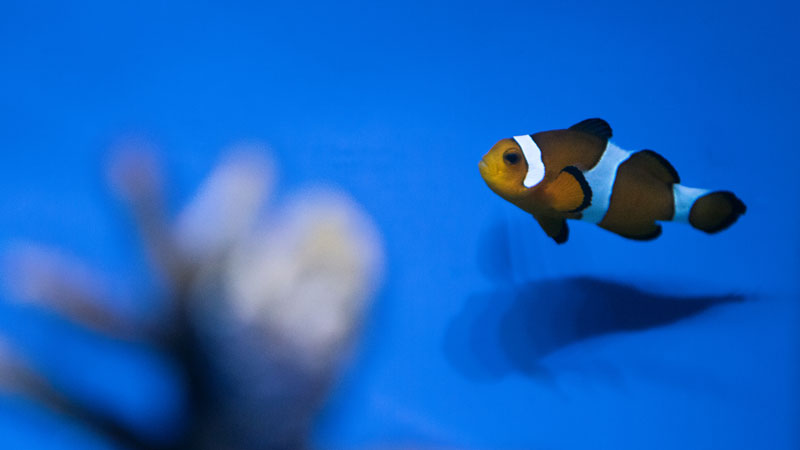
What is a Clownfish?
The Clownfish (Amphiron ocellaris) is a living example of the importance of symbiotic relationships.
It is about how we improve our relationships with each other
Amphiron ocellaris the Clownfish, grew in popularity due to the highly successful finding Nemo a 2003 American computer-animated comedy-drama adventure film produced by Pixar Animation Studios and released by Walt Disney Pictures.
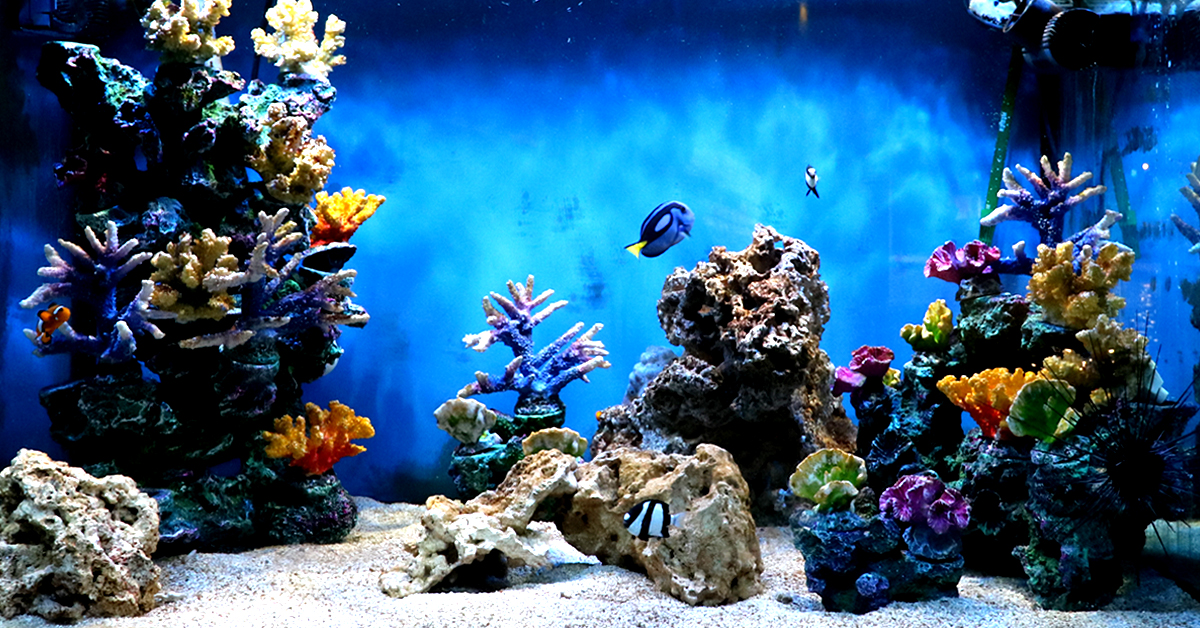
Finding Point Nemo
Finding Point Nemo
You can’t get farther away from land than ‘Point Nemo.’
There is another cool fact about finding Nemo, and it is a real place on earth!
This remote oceanic location is located at coordinates 48°52.6′S 123°23.6′W, about 2,688 kilometers from the nearest land—Ducie Island, part of the Pitcairn Islands, to the north; Motu Nui, one of the Easter Islands, to the northeast; and Maher Island, part of Antarctica, to the south.
So, finding Nemo is quite difficult as it is really far from civilization too!
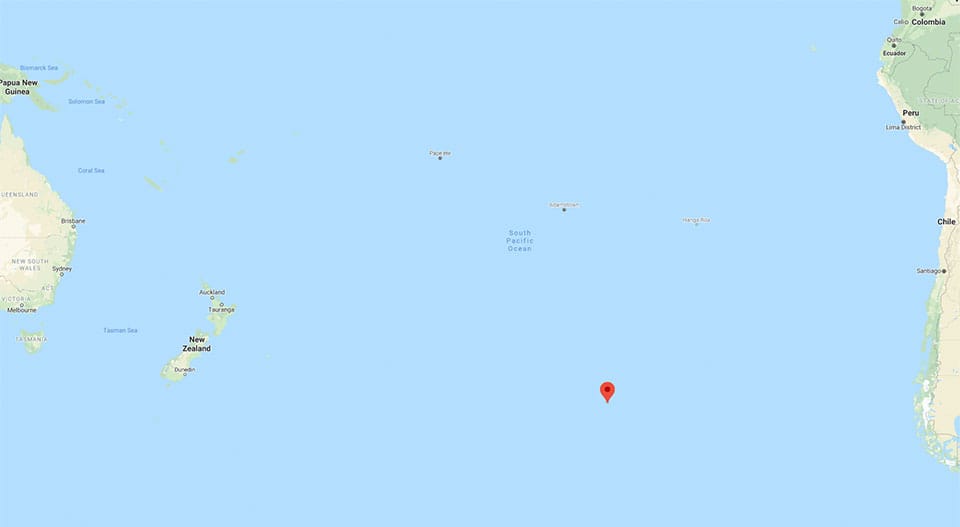
What do they eat?
They are omnivores, meaning they eat both plants and animals. Their diet consists mainly of algae, zooplankton (tiny animals that live in water), and small crustaceans.
REPRODUCTION
They can lay 100 to 1000 eggs, which is a huge nursery to look after. (Sadly, like most marine species the number of eggs is related to the chances of survival, laying 1000 eggs in the hope that a few survive).
Did you know? Wild clownfish breeding habits are dependent on the lunar cycle. They tend to spawn around the appearance of a full moon or a new moon. This is when spring tides occur.
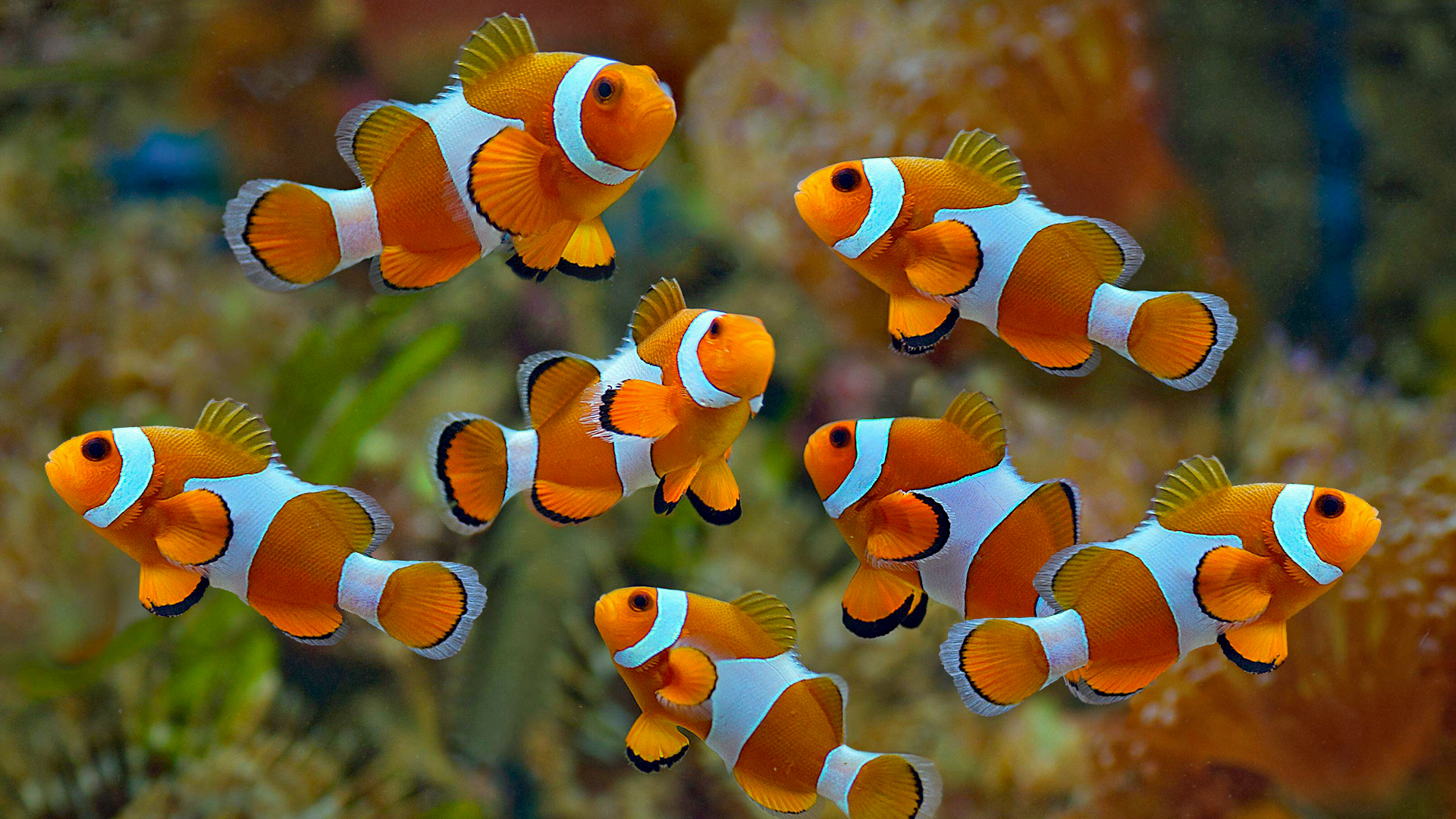
RELATIONSHIPS & ADAPTIONS
Amphiprion clownfish occur in groups of a monogamous pair that live within a host anemone alongside several non-breeding subordinate clowns.
Similar to some of the other fish in the aquarium, Clownfish can change from male to female. If the dominant female dies, the dominant male will turn into a female to replace them!!
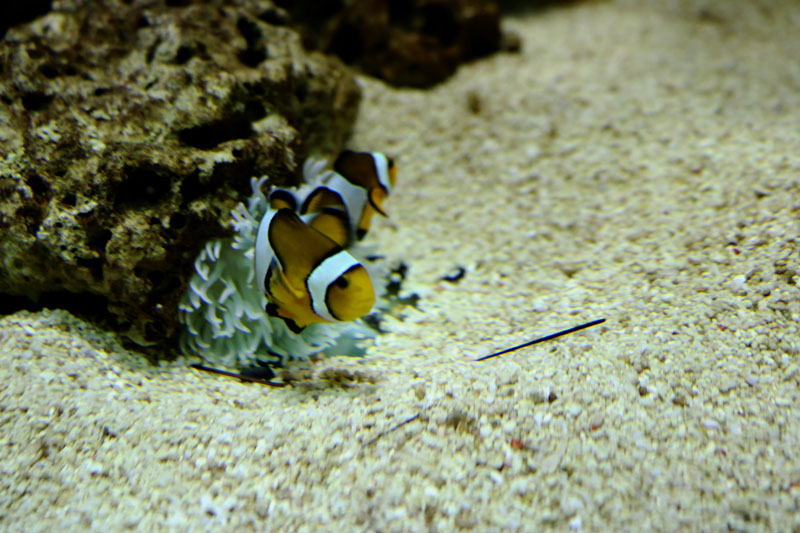
ADAPTIONS
Anemones tend to prey on fish, but why not eat Clownfish?
Clownfish is covered in a type of mucus that helps protect them from the Anemone stinging tentacles (however, there has also been evidence that this protection wears off, so the clownfish will gently get stung until a resistance builds up) in this way they can live in the Anemone unharmed.
What does the anemone get from this arrangement?
There is some great research here:
https://education.nationalgeographic.org/resource/symbiosis-art-living-together
The symbiotic relationship between an anemone and a clownfish is a classic example of two organisms benefiting the other; the anemone provides the clownfish with protection and shelter, while the clownfish provides the anemone nutrients in the form of waste while also scaring off potential predator fish.
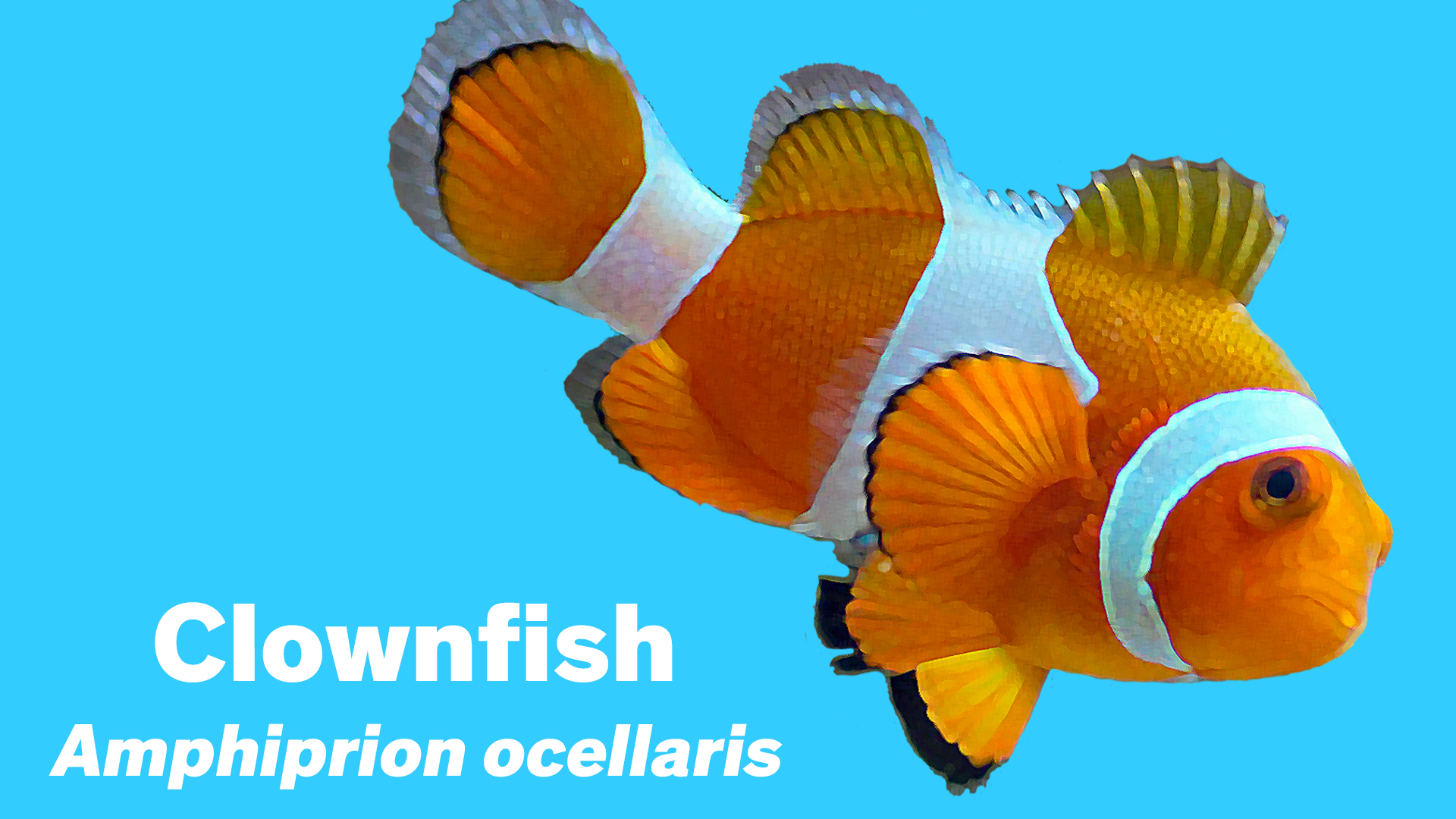
Learn more, visit the Aquarium
Summary – how can we use this relationship pact in developing relationships
If we look at the ocean and how it maintains a healthy balance in relationships, we could learn a lot from the clownfish, and that is to get along with each other. Learn to develop strong relationships that last a lifetime.
To see our clownfish and learn more about these relationships between species, why not visit the Aquarium this weekend?
Book here and see the native species of Ireland.
